
Researchers have developed a groundbreaking model membrane electrode featuring an ordered array of hollow giant carbon nanotubes (gCNTs) within a nanoporous membrane. The novel electrode was constructed by developing a uniform carbon coating technique on anodic aluminum oxide (AAO), resulting in vertically aligned gCNTs with nanopores of various dimensions. This model is designed to minimize contact resistance and enhance understanding of electrochemical behaviors.
Scientists have created an innovative model membrane electrode with hollow giant carbon nanotubes and a wide range of nanopore dimensions. The invention aids in understanding electrochemical behaviors and could significantly advance our knowledge of porous carbon materials in electrochemical systems.
Researchers at Tohoku University and Tsinghua University have introduced a next-generation model membrane electrode that promises to revolutionize fundamental electrochemical research. This innovative electrode, fabricated through a meticulous process, showcases an ordered array of hollow giant carbon nanotubes (gCNTs) within a nanoporous membrane, unlocking new possibilities for energy storage and electrochemical studies.
The key breakthrough lies in the construction of this novel electrode. The researchers developed a uniform carbon coating technique on anodic aluminum oxide (AAO) formed on an aluminum substrate, with the barrier layer eliminated. The resulting conformally carbon-coated layer exhibits vertically aligned gCNTs with nanopores ranging from 10 to 200 nm in diameter and 2 μm to 90 μm in length, covering small electrolyte molecules to bio-related large matters such as enzymes and exosomes. Unlike traditional composite electrodes, this self-standing model electrode eliminates inter-particle contact, ensuring minimal contact resistance — something essential for interpreting the corresponding electrochemical behaviors.
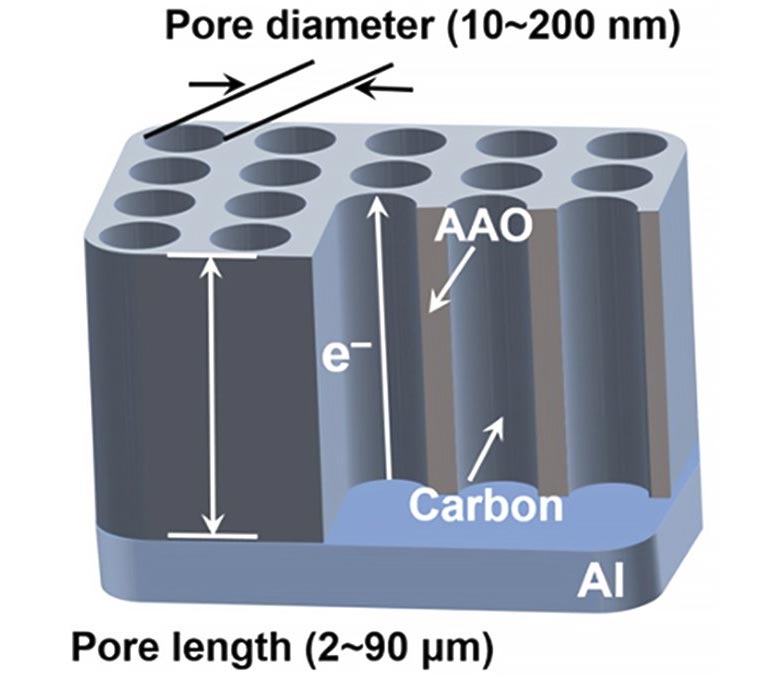
Model membrane electrode showing a wide range of controllability on the pore dimensions. Credit: Hongyu Liu
“The potential of this model electrode is immense,” stated Dr. Zheng-Ze Pan, one of the corresponding authors of the study. “By employing the model membrane electrode with its extensive range of nanopore dimensions, we can attain profound insights into the intricate electrochemical processes transpiring within porous carbon electrodes, along with their inherent correlations to the nanopore dimensions.”
Moreover, the gCNTs are composed of low-crystalline stacked graphene sheets, offering unparalleled access to the electrical conductivity within low-crystalline carbon walls. Through experimental measurements and the utilization of an in-house temperature-programmed desorption system, the researchers constructed an atomic-scale structural model of the low-crystalline carbon walls, enabling detailed theoretical simulations. Dr. Alex Aziz, who carried out the simulation part for this research, points out, “Our advanced simulations provide a unique lens to estimate electron transitions within amorphous carbons, shedding light on the intricate mechanisms governing their electrical behavior.”
This project was led by Prof. Dr. Hirotomo Nishihara, the Principal Investigator of the Device/System Group at Advanced Institute for Materials Research (WPI-AIMR). The findings are detailed in one of materials science’s top-level journals, Advanced Functional Materials.
Ultimately, the study represents a significant step forward in our understanding of amorphous-based porous carbon materials and their applications in probing various electrochemical systems.
Reference: “Nanoporous Membrane Electrodes with an Ordered Array of Hollow Giant Carbon Nanotubes” by Hongyu Liu, Zheng-Ze Pan, Alex Aziz, Rui Tang, Wei Lv and Hirotomo Nishihara, 31 May 2023, Advanced Functional Materials.
DOI: 10.1002/adfm.202303730

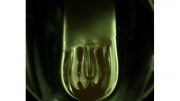
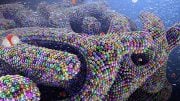
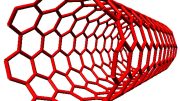

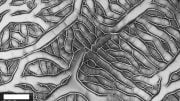
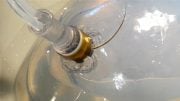

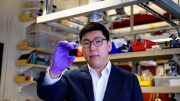
Be the first to comment on "Revolutionizing Electrochemistry: Innovating With Nanoporous Model Electrodes"